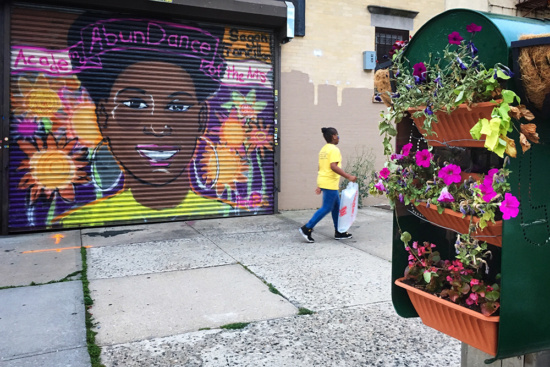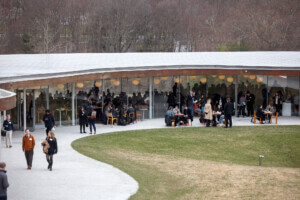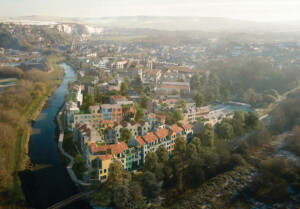The public-life think-tank Gehl Institute with the Robert Wood Johnson Foundation has released guidelines for the design of places that promote public health. The Inclusive Healthy Places Framework is “a tool for evaluating and creating inclusive, healthy public places that support health equity.”

The report specifies that the design of public spaces is integral to the physical and mental well being of local communities and proposes that these spaces are tools for fostering inclusion, accessibility, and shared social values.
In the report, four principles are highlighted in the design of public spaces: Context, Process, Design & Program, and Sustainability. Context refers to data such as local demographic characteristics, socioeconomic and environmental health, predictors of exclusion, and preexisting community assets. Process refers to types of civic engagement, participation, and social capital that can be used within a region. Design & Program tackles the accessibility, diversity of usage and of users, and safety and security of the space. The last principal, Sustainability, touches on community stability, collective efficacy, and adaptability of spaces in the long term.

Gehl Institute, a New York City-based non-profit that builds on Danish architect Jan Gehl’s work, rethinks how spaces change our “experiences, perceptions, and needs,” and focuses on issues of social and environmental justice. The Institute wants to bring the discussion of health into the design of public spaces across the U.S.
The full report can be viewed at this link.











